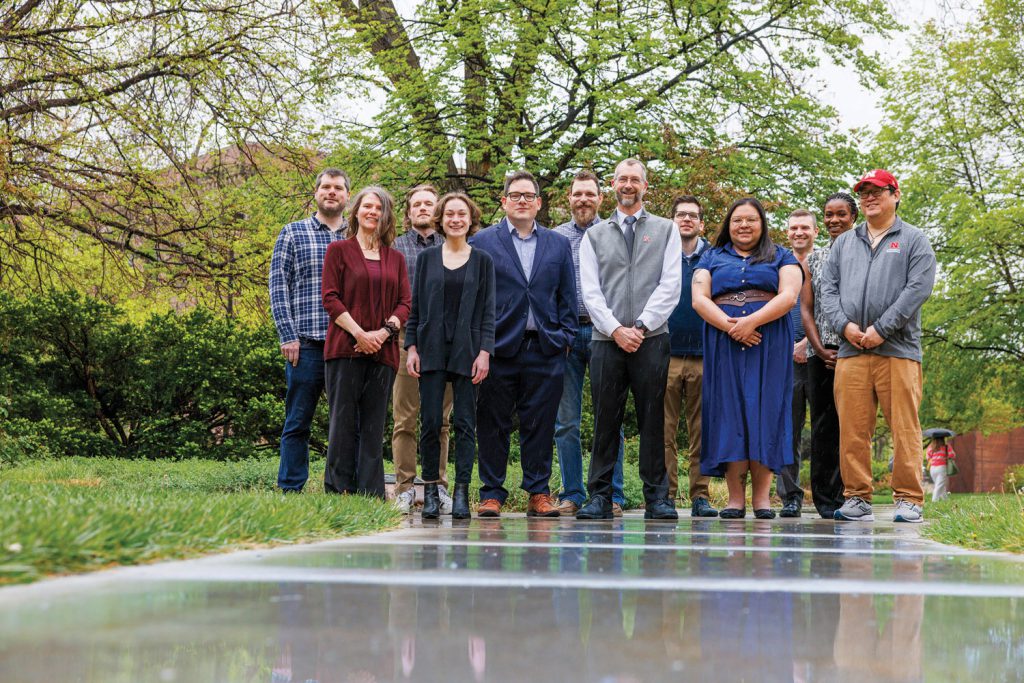Describing initial research discoveries as “eye opening,” scientists in the Rural Drug Addiction Research Center are building upon a strong foundation to develop partnerships with communities across Nebraska to address drug use and misuse.
RDAR, founded in 2019, earned a five-year, $11,597,682 Phase 2 renewal grant from the National Institutes of Health’s Centers of Biomedical Research Excellence Program, known as COBRE, to continue its work through 2029.
The center’s first five years yielded a better understanding of community members’ issues, needs and concerns.
Its mission is to understand the causes and impacts related to rural drug use and to inform novel interventions in Nebraska and the surrounding region, a geographic area that has been historically understudied. Designed to be interdisciplinary and data-driven, the center links pre-clinical studies to field-based behavioral, neural, social, clinical and translational research and dissemination.
“We’ve known for a very long time that drug use and misuse has been a major issue in rural communities,” said Bevins, center director and the Mildred Francis Thompson Professor of Psychology. “Past research has focused heavily on the urban communities with maybe an underlying assumption that whatever we learn there will be applicable to rural areas.

“It turns out that’s not the case,” he said.
Among the unique challenges in rural America: The stigma of substance misuse is often greater in an environment where there’s less anonymity, Bevins said.
Researchers now have a better understanding of the nature of the drug issues in rural Nebraska. While opioids get much of the attention – and certainly are present – methamphetamine is far more prevalent. Researchers also found strong links between homelessness and substance misuse, especially among women.
The center is collaborating with Nebraska Extension, Rural Prosperity Nebraska and the University of Nebraska Medical Center to share its findings with community partners. Communities’ priorities and concerns will drive the center’s research focuses for the next five to 10 years.
In addition to advancing the science behind drug use and misuse, the center hopes to change community perceptions.
“We need to make inroads on decreasing stigma, because stigma in my opinion is the number one barrier to getting supports and healing,” Bevins said.
